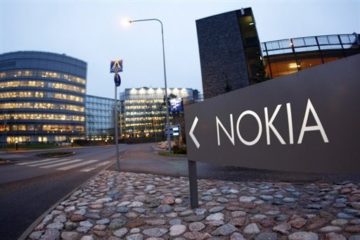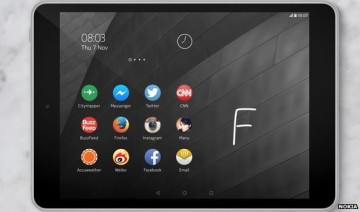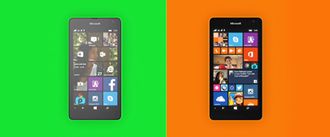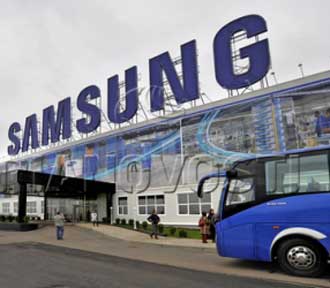 The former maker of rubber wear for those cold Finnish nights, Nokia, has denied reports in Chinese media that it planned to return to manufacturing phones.
The former maker of rubber wear for those cold Finnish nights, Nokia, has denied reports in Chinese media that it planned to return to manufacturing phones.
Nokia sold its mobile phone business to Microsoft and claimed it was quietly getting on with networking and other more lucrative things.
However the Chinese press was all abuzz with the news that Nokia was going to manufacture consumer handsets out of a R&D facility in China.
Nokia said that the reports are false. It even put it on its website, so the denial must be true.
“Nokia reiterates it currently has no plans to manufacture or sell consumer handsets.”
But Nokia has said it is looking into returning to the smartphones business by brand licensing, which is a little odd, but then there are a lot of things which are a little odd about Nokia lately
Soon after Nokia sold its phone business to Microsoft, it launched a new brand licensed tablet computer, produced under licence by Taiwan’s Foxconn, with an intention to follow up with more devices.
Nokia has agreed with Microsoft that it will not enter the mobile phone business before 2016.
Sebastian Nystrom, the head of products at Nokia’s Technologies unit, told Reuters in November that Nokia would be crazy if it did not look at mobile phone production eventually.
Nokia this month announced a takeover of France’s Alcatel-Lucent, a bid to boost its mainstay network equipment business, and also said it could hive off its map business.
All this suggests that Nokia sold off its mobile business with the long term aim of building a new leaner and meaner one, from scratch. Of course the denials might be true, for now, but if we look back this time next year the plans might have firmed up a little more.
 Nokia has been telling the world+dog that it has come up with multiple AI uses cases delivered over the public cloud, with its chum Microsoft.
Nokia has been telling the world+dog that it has come up with multiple AI uses cases delivered over the public cloud, with its chum Microsoft.

















